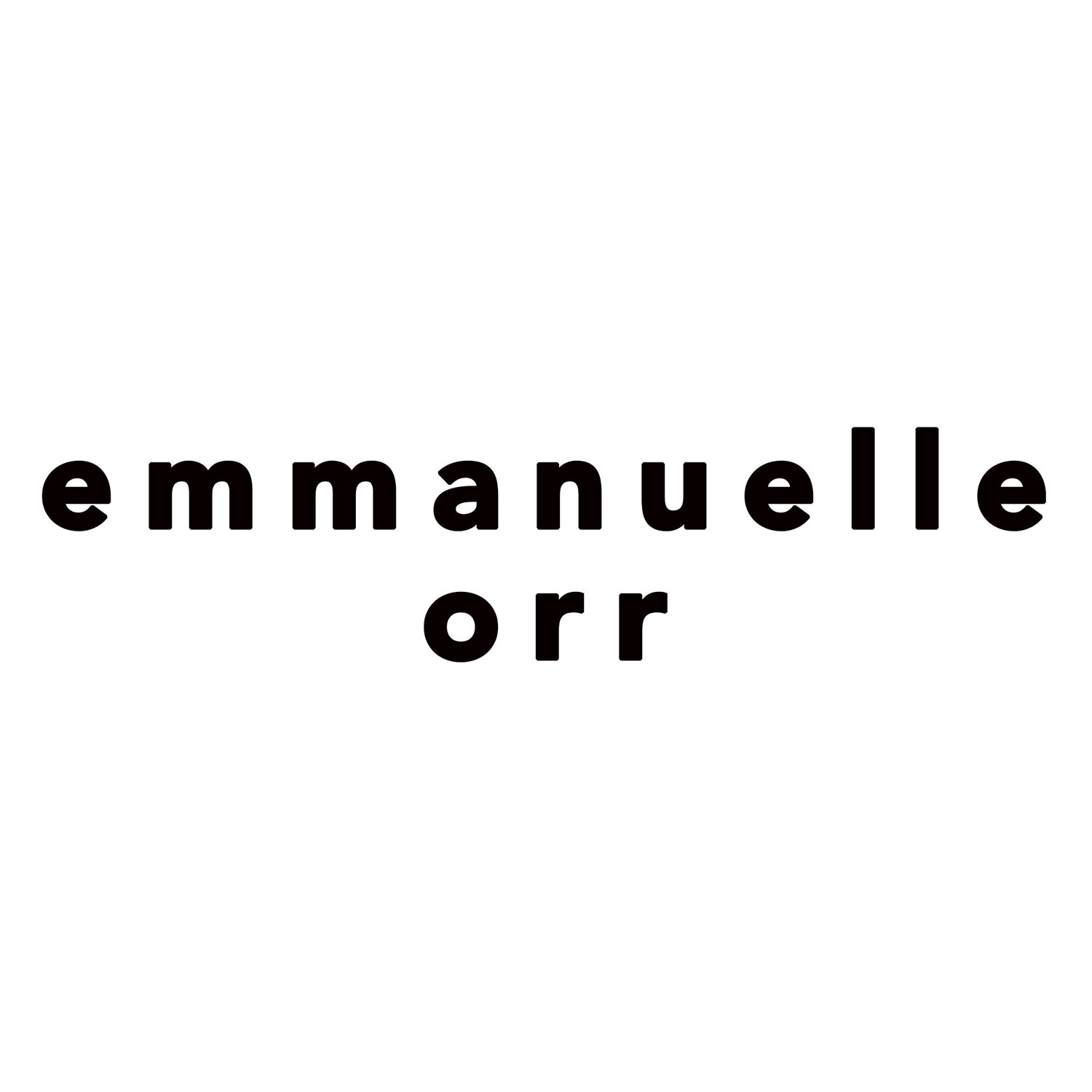A question of degrees
I recently came across an old interview with the singer from a successful 90s band which called sad, earnest music “a load of bollocks”, “ a big con”, which play on adolescent paranoia. His band’s brand of music takes a different road: a sort of arch knowingness, second degree personas playing with (or maybe subverting?) stereotypes, lyrics as an often ironic social commentary.
The interview therefore read as if it was opposing two different relationships between the artists and their work, and between the artist and their audience:
On one side, we have art in the first degree- where the artist exposes their wounds and vulnerabilities through their work, and may thus appeal to audiences who are dealing with difficult moments too, and can identify with the works.
On the other side is art in the second degree, where the artist invites the audience to look at ( and sometimes laugh at) certain parts of society, or certain people, from a safe distance. Here the connection between the artist and audience is a connivence rather than an identification- the audience is in on it with the artist.
In his eyes, the first approach was a con- the argument being that purveyors of sad music, of art in the first degree, are not as genuine as they appear; that they are marketing themselves to their audience in a way that appeals to them but that it may not be the real person.
Of course fans of the sad music may see it the other way: the adopted personalities of the self aware bands, playing with some middle class clichés and tropes are the con vs the honesty and vulnerability of artists who share their feelings earnestly with their audience.
The truth is that in both cases, there is a contract between the artist and their audience: a language made of shared reference points and codes, a common semiology and vocabulary, a certain view of the world and the self. The same demands are made of the audience in both cases: to accept the character of the artist as the real thing and connect ( whether by identification or connivence, in the first or second degree) with what is depicted in the art or with the view of the artists.
This applies in visual arts too. Whether you are a fan of Banksy (arch knowing and codified, erasing the self but relying on a huge personality cult) or Tracey Emin ( earnest and vulnerable, the self at the centre of the work but in a very staged and controlled way), the relation between the audience and the artist is the same. There is a suspension of disbelief at play, a requirement to accept the persona of the artist as their personality, and to pretend not to see the strings being pulled in the works- all while viewing the other side of the dichotomy as suspect.
Both have their place of course. From an artistic point of view, it is still the experience of the artist that feeds the work, however much distance the artist puts between themselves and their work; the artist (and their marketing team) will always be the one deciding what part of themselves they are comfortable sharing, and how they want to present themselves to their audience and the world at large.
From an audience point of view, both have their place too. Art is a way of making sense of the world and apprehending reality. And the type of art that resonates most with someone will therefore depend on the role assigned to art in their life: to distract or to disturb, to explain or to emote, to relieve or to relate.
Discover the two faces of Art

